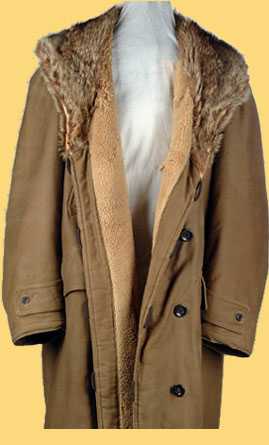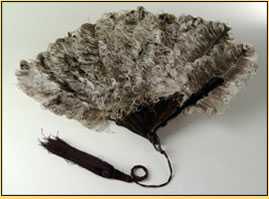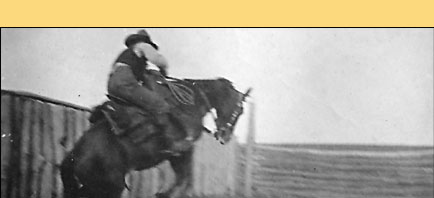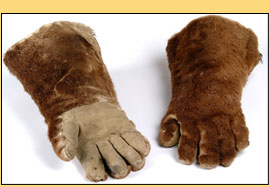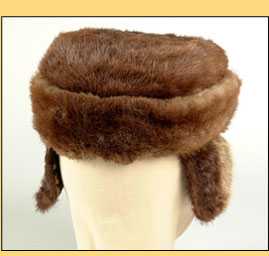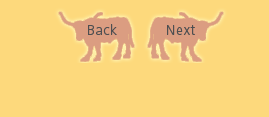| The essence of open range was the free grazing of cattle on millions of unfenced acres of public land. It was possible to become wealthy raising cattle without owning any acreage. Although most ranchers owned a base operation, some owned millions of acres.
America's open range started with the Civil War [1861-1865]. During this period, Texas herds grew. Vast herds of cattle grazed free and unbranded on unfenced public land. Initially, the Texas cattle were trailed to eastern markets. They were unwelcome en route as they carried 'Texas fever,' caused by ticks. Gradually the trails 'bent west.' Cattle then made the long trek to the northern plains where they fattened for a year or two before being shipped east. Tens of thousands of Texas cattle streamed north in the late 1870s and early 1880s. Montana cattlemen protests that the land could not support uncontrolled herd growth didn't stop them. Between 1879 and 1886, the cattle population in Montana grew from 545,000 head to 1,050,000.
Short of feed, cattle went into the early winter of 1886 in poor condition. A heavy early snow was partially melted by a Chinook or warm wind. Freezing weather then sealed what grass was left under a layer of ice. Cattle froze or starved to death. Many ranchers lost between 65 - 90% of their herds. The 'Hard Winter' triggered the evolution to modern ranching methods, from owning and leasing land, fencing, irrigating and cutting hay lands, to winter feeding.
|


